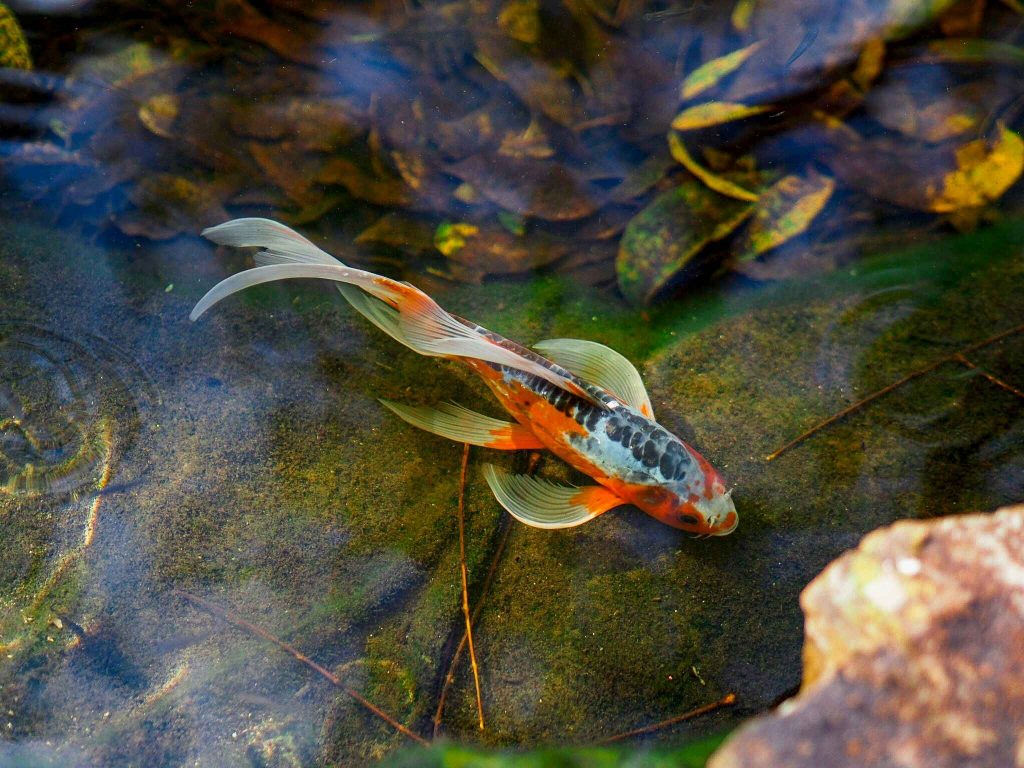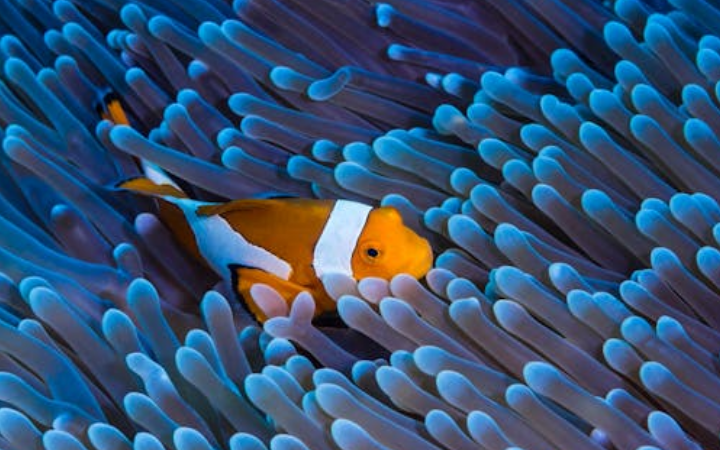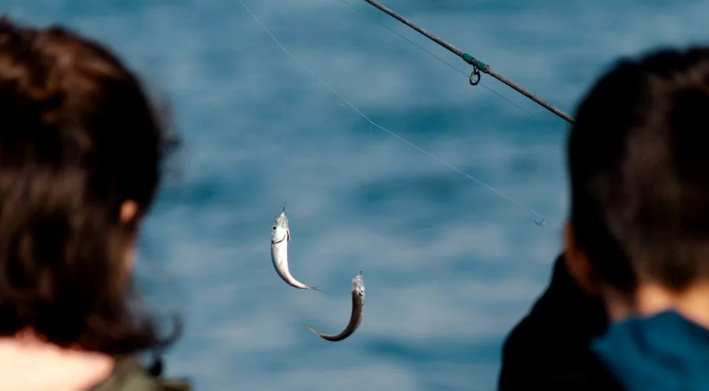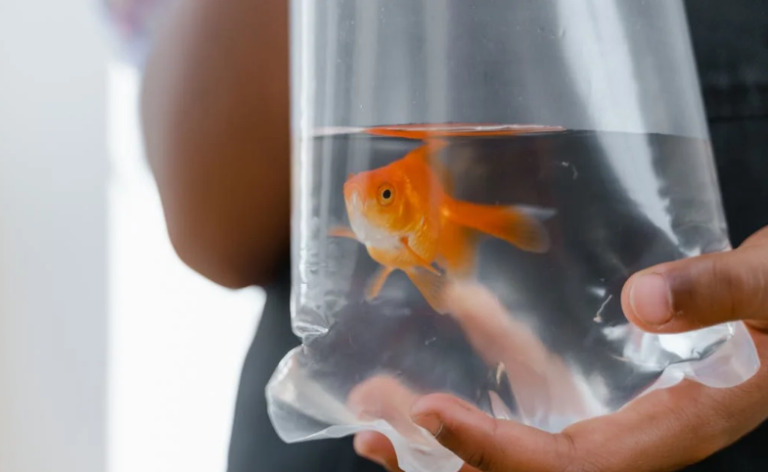Yes, koi fish do hibernate. In colder climates, koi fish enter a state of hibernation during the winter months. This period of reduced activity is essential for their survival as it helps them conserve energy when temperatures drop and food becomes scarce. In this article, we will explore the process of hibernation in koi fish, why it happens, how it affects them, and what you can do to ensure your koi pond is ready for winter.
What is Hibernation?
Hibernation is a survival strategy used by many animals to cope with cold weather and food shortages. During hibernation, an animal’s metabolism slows down significantly, and it becomes less active, conserving energy until conditions improve. For koi fish, hibernation means a slowdown in their bodily functions and a period of minimal movement.
Why Do Koi Fish Hibernate?

Koi fish hibernate primarily due to the drop in water temperature during winter. As the temperature falls below 50°F (10°C), koi fish begin to slow down. Their metabolic rate decreases, meaning they need less food and oxygen to survive. This adaptation helps them survive the harsh winter conditions when their environment can become inhospitable.
The Hibernation Process
Changes in Behavior
As the weather gets colder, you will notice changes in your koi fish’s behavior. They will start to swim more slowly and spend more time at the bottom of the pond where the water is slightly warmer. This is a natural response to the cooling temperatures.
Reduced Feeding
One of the most noticeable changes during hibernation is the reduction in feeding. Koi fish eat much less or stop eating altogether as their metabolism slows down. It’s important to stop feeding them when the water temperature consistently stays below 50°F (10°C) because their digestive systems are not active, and uneaten food can pollute the water.
Slowed Metabolism
The metabolic rate of koi fish drops significantly during hibernation. Their heart rate and respiration slow down, conserving energy. This allows them to survive on the minimal amount of energy stored in their bodies until temperatures rise again.
Preparing Your Koi Pond for Winter
Clean the Pond
Before winter sets in, it’s crucial to clean your pond thoroughly. Remove any debris, such as fallen leaves and dead plants, as these can decompose and produce harmful gases under the ice.
Check Equipment
Ensure that your pond equipment, such as pumps and filters, are in good working condition. Consider using a pond heater or de-icer to keep a small area of the pond ice-free. This helps maintain oxygen levels and allows harmful gases to escape.
Aeration
Proper aeration is essential during winter. A pond aerator can help keep the water oxygenated, which is vital for your koi fish, especially when the pond is covered with ice.
Depth of the Pond
Make sure your pond is deep enough to provide a stable environment for your koi during winter. A depth of at least 3-4 feet is recommended, as it ensures that there is enough space for the fish to move to warmer layers of water.
You Might Also Like to Read:
Caring for Koi During Hibernation
Monitoring Water Quality
Even though koi fish are less active during hibernation, it’s still important to monitor water quality regularly. Check parameters such as ammonia, nitrite, and pH levels to ensure they remain within safe limits. Poor water quality can stress your fish and make them more susceptible to disease.
Keeping an Eye on Your Fish
Occasionally check on your koi to make sure they are doing well. Look for any signs of distress or illness, such as unusual spots, sluggish movement, or abnormal behavior. Although they will be less active, they should still appear healthy.
Avoid Disturbing Them
Try to minimize disturbances to your koi pond during winter. Avoid breaking ice manually, as the shock waves can stress or injure the fish. If you need to check the pond, do so gently and quietly.
Common Concerns and Solutions
Ice Covering the Pond
A common concern during winter is the pond freezing over completely. While koi can survive under ice, it’s important to maintain a hole in the ice to allow gas exchange. Using a pond de-icer or a floating heater can help keep a small area ice-free.
Low Oxygen Levels
Low oxygen levels can be a problem during winter, especially if the pond is covered with ice. Ensuring proper aeration and maintaining an ice-free area can help prevent oxygen depletion. Using a pond aerator or air pump can be very effective.
Disease Prevention
Cold water can weaken koi fish and make them more susceptible to diseases. Maintaining good water quality, reducing stress, and providing a proper winter environment can help prevent common winter diseases.
Bringing Koi Indoors
When to Consider Indoor Housing
In areas with extremely harsh winters, bringing koi indoors might be the best option. If temperatures drop significantly and the pond is at risk of freezing solid, consider moving your koi to an indoor tank.
Setting Up an Indoor Tank
If you decide to bring your koi indoors, set up a large tank with proper filtration and aeration. Ensure the water temperature is stable and within a comfortable range for the fish. Gradually acclimate the koi to the indoor environment to minimize stress.
Conclusion
Koi fish hibernation is a natural process that helps them survive the cold winter months. By understanding how hibernation works and taking the necessary steps to prepare your pond, you can ensure your koi fish remain healthy and safe throughout the winter. Proper care, monitoring, and a suitable environment are key to helping your koi successfully navigate their hibernation period. Remember to clean the pond, check equipment, ensure proper aeration, and monitor water quality to provide the best conditions for your hibernating koi fish. With the right preparations, your koi will emerge from hibernation healthy and ready to thrive in the warmer months.



